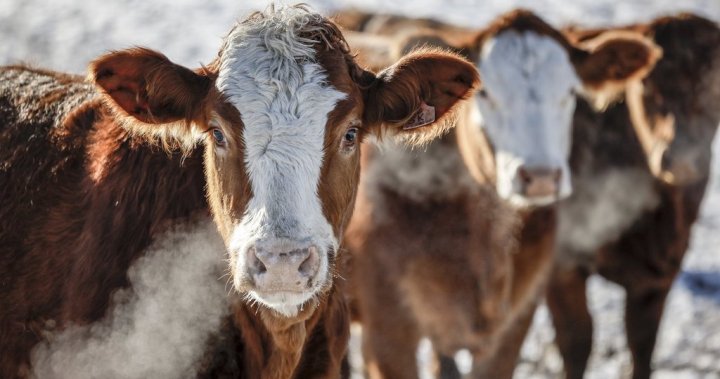The Alberta government’s latest move to ease restrictions on farm-to-table meat sales has stirred mixed reactions across Calgary’s agricultural community, with some producers cautiously optimistic while others remain skeptical about implementation.
Last week’s announcement from Agriculture Minister RJ Sigurdson lifted previous limitations on how much meat farmers can sell directly to consumers through farm gate sales. The policy shift eliminates the previous cap that restricted farmers to selling just one animal unit per month directly to Albertans without using inspected facilities.
“I’ve been selling grass-fed beef from my operation near Okotoks for fifteen years,” says Martin Gelbert, who operates Double G Family Farm. “This change might sound good on paper, but many of us are taking a wait-and-see approach. The devil’s always in the details with these regulatory shifts.”
The policy revision aims to create more market flexibility for Alberta’s approximately 43,000 farms and ranches, potentially allowing smaller producers to expand direct-to-consumer sales without incurring the substantial costs associated with federally inspected processing.
Calgary-based food systems analyst Denise Wong views the change as part of a broader trend. “We’re seeing growing consumer interest in knowing exactly where their food comes from. This policy could theoretically create more direct farmer-to-consumer relationships, but implementation questions remain.”
According to Alberta Agriculture data, the province produces nearly 40 percent of Canada’s beef cattle, making the stakes particularly high for policy changes affecting meat production and sales. The farm gate sales regulation has been a point of contention for years, with small-scale producers arguing it limited their ability to meet growing consumer demand for locally sourced products.
The Alberta Federation of Agriculture has responded with measured support, noting the policy shift needs appropriate safeguards. Their spokesperson commented that while expanded market access is welcome, maintaining food safety standards remains paramount for preserving consumer confidence.
For Calgary consumers like Marcia Thompson, who coordinates a neighborhood meat-sharing program, the news brings potential benefits. “Our group of families has been buying direct from farms for years. The previous limits meant we sometimes couldn’t get enough from our preferred producers during peak demand times. But we still want assurance about safety standards.”
Safety protocols haven’t disappeared with the new policy. Farmers must still adhere to Alberta’s Meat Inspection Act regulations regarding slaughter practices, though they now face fewer restrictions on volume. Provincial inspectors will continue monitoring compliance, according to ministry statements.
Some local food security advocates have expressed concerns about oversight. Calgary Food Policy Council member James Holloway questions whether inspection resources will scale accordingly. “More farm gate sales potentially means more locations requiring monitoring. Has the province increased inspection capacity to match? That’s my concern.”
The policy shift aligns with similar moves in other provinces, including British Columbia and Ontario, which have gradually expanded direct farm marketing opportunities in response to consumer preferences for local food systems resilience.
For Calgary restaurants specializing in local ingredients, the change could potentially expand sourcing options. Chef Marina DeSantis of Harvest Table notes, “We prioritize relationships with local producers, and anything that makes those connections more direct potentially improves our farm-to-table mission. But consistency and quality assurance are still essential.”
Historical context matters when evaluating this policy shift. Alberta’s farm gate sales regulations were initially tightened following food safety concerns in the early 2000s. The pendulum now appears to be swinging back toward producer flexibility, balancing safety with market access.
The true impact remains to be seen. Having covered agricultural policy changes for over a decade, I’ve observed that initial announcements often differ from on-the-ground implementation. Producers typically reserve judgment until they see how regulatory interpretations affect their operations.
As one cattle producer told me off the record, “We’ve been burned before by policy announcements that sounded great but created more paperwork than opportunity.” That sentiment reflects the cautious optimism prevalent across Calgary’s agricultural community.
The ministry has promised additional guidance for producers in the coming weeks, which may address outstanding questions about record-keeping requirements and inspection protocols under the new framework.
For now, both producers and consumers in Calgary’s local food ecosystem are watching carefully to see whether this regulatory shift truly delivers on its promise of greater market flexibility while maintaining the safety standards Albertans expect.







